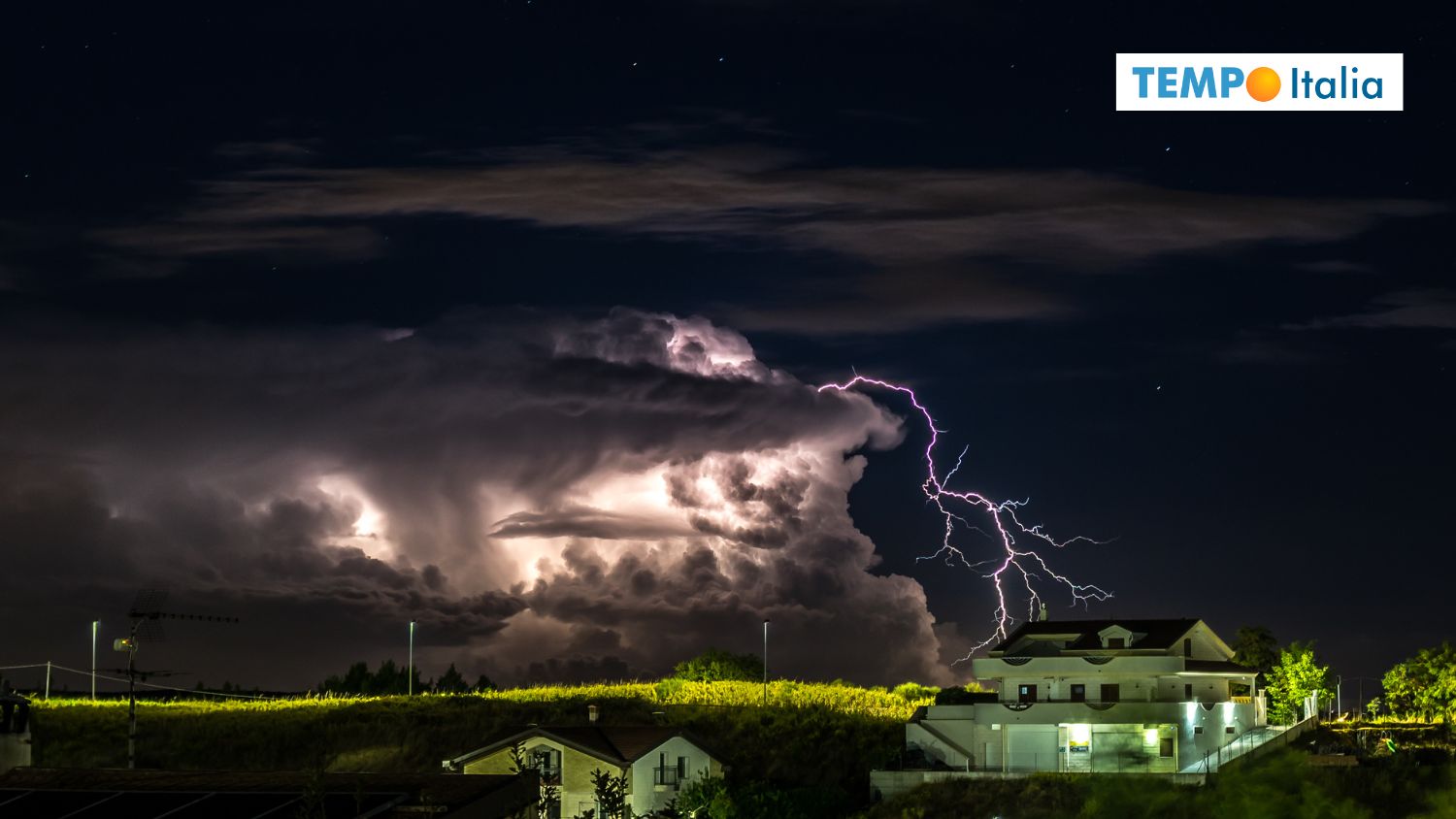What Meta Descriptions Do and How They Help Drive Traffic
More clicks. Better visibility. Stronger SEO.

Meta descriptions might not appear on the frontend of your site for your readers to see, but they play a significant role behind the scenes. These short blurbs can influence whether someone clicks through from search or scrolls right on past.
In this post, we’ll break down what meta descriptions are, why they matter, and how to write descriptions that actually get clicks.
- What are meta descriptions?
- How do meta descriptions impact SEO?
- What happens if pages are missing meta descriptions?
- Do meta descriptions need to be unique?
- How long should meta descriptions be?
- Using tools to preview your meta descriptions
- Some simple (and overlooked) tips for writing meta descriptions
- Updating meta descriptions on WordPress websites
- Go optimize your meta descriptions
What are meta descriptions?
A meta description is a line of text in web pages that summarizes their contents. Have you ever seen the summaries underneath the blue links on search results pages? Those are meta descriptions. Here is an example direct from Google:

Meta descriptions may also appear in link previews on social media posts, text messages, and chat apps. When written as HTML, they are wrapped in a tag within the section of your page.
You can also see the meta description on any web page by right-clicking and selecting View Page Source. Here is an example from the entertainment website Polygon:

Meta descriptions are closely related to title tags, which appear as the actual blue links in search results. Together, they tell search engines and users what your site’s pages (from your homepage to individual blog posts and pages) are about.
How do meta descriptions impact SEO?
Unlike title tags, meta descriptions do not directly influence search engine rankings. However, they do affect how your pages appear in search results and tell users why they should click.
Reddit user Neither-Emu7933 summarized this concept well:

Think of your meta description as a brief pitch—it won’t directly boost your content rankings, but it can help it win the click. Paired with a strong title tag, it’s your best chance to stand out in a crowded search result.
What happens if pages are missing meta descriptions?
If a page is missing a meta description, the short answer is that nothing bad is likely to happen. But the long answer is a bit more nuanced. Meta descriptions can influence click-through rates, so leaving them out means missing an opportunity to shape how your content appears in search results.
If the meta description tag is missing, then Google will use other text from the page to generate its own snippet. Some people prefer to let Google handle meta descriptions instead of writing one manually. In fact, former Googler Matt Cutts once said he doesn’t include meta descriptions on all of his blog posts:
So should you leave meta descriptions blank? Google’s own AI says that it may be risky:

Leaving meta descriptions blank can result in inaccurate page descriptions and, therefore, less search traffic.
Do meta descriptions need to be unique?
Duplicative meta descriptions are confusing for search engines and unhelpful for users, so the meta descriptions across your website should all be unique.
If your site or blog has many posts and pages that are missing meta descriptions, writing unique meta descriptions for each one could take a long time. In this instance, we recommend following Matt Cutts’ timeless advice from the video we shared earlier in this post:
- Include meta descriptions on your most important pages.
- Make sure your meta descriptions are unique.
- Leave the rest of your meta descriptions blank.
Once you’ve done that, make it a habit to include meta descriptions on new pages and posts. This is a compromise between time-consuming manual effort and setting yourself up for future success.
How long should meta descriptions be?
The traditional advice is that meta descriptions should be 150 characters or less. This will ensure search engines don’t cut them off. However, this isn’t the whole story.

Google measures meta description length in pixels rather than characters. Depending on the specific letters, words, and numbers in your meta description, the total maximum length may be more or less than 150 characters.
Sometimes Google will overwrite the meta description you wrote and use text from the page itself to create a new meta description. Generally, Google will do this if your meta description is too short, or if it thinks it can create an alternative that’s more useful for the reader.
In these instances, the meta description that users see may be more than 300 characters. This makes it difficult to confidently say how long they should be.
So what should you do? As a best practice, stick with the 150-character guideline (but be aware that this isn’t a firm rule).
Using tools to preview your meta descriptions
It’s nice to actually see how meta descriptions will appear in search results before you publish a page. Fortunately, there are plenty of free tools you can use to preview them. Here are a few:
- Portent’s Google SERP Preview Tool
- Spotibo Google Search Results Preview Tool
- To The Web Title Tag and Meta Description Tester

Some simple (and overlooked) tips for writing meta descriptions
Ready to get serious about writing meta tags? They aren’t difficult to write, but there are some tips and general best practices you can follow to make sure you get them right.
Keep your title tag in mind
Search engine users will see your meta descriptions underneath your title tags. Keep this in mind when writing them, and ensure they read well together and accurately represent your content.
Need help writing title tags too? Here are some tips for writing excellent title tags to boost your search traffic.
Get aligned with search intent
If you’ve never heard the term “search intent,” it means understanding what a user is trying to do when they search for a specific keyword. There are a few different types of search intent:
- Navigational intent means the user is looking for a specific website or page.
- Informational intent applies when someone seeks an answer to a question or wants to learn more about a topic.
- Commercial intent involves researching products or services before making a decision.
- Transactional intent indicates the user is ready to buy a product or service.
When writing meta descriptions, ask yourself what someone looking for that specific page is trying to do, and promise them that the page will provide precisely what they are looking for.
Keep voice search in mind
When crafting meta descriptions, remember voice search and visitors who use screen readers.
Try reading your meta description out loud to see how it sounds. If something sounds clunky or awkward, consider rewriting it to ensure that it’s accessible to all.
Leverage emotional sentiment
Writing a meta description is like writing any other copy or content on your site.
Since emotional language drives action, here are 801 power words that can help make your meta description copy more motivating.
Include calls to action
Meta descriptions are essentially ads for web pages. They should motivate the reader to click through to your site (instead of a different search result). If you’ve never written a call-to-action before, start with this guide from Barefoot Writer.
Updating meta descriptions on WordPress websites
All of the advice we’ve shared so far applies no matter which CMS or website builder you choose. But this is the WordPress.com blog; if you’re here, you probably want to know how to implement better meta descriptions on your own WordPress site.
Here are a few options for updating your meta descriptions:
Jetpack
Every WordPress.com website comes with Jetpack, which enables tons of awesome features, and sites on the Business plan and above can use Jetpack’s SEO features to edit title tags and meta descriptions.
If your site is hosted with a different provider, you can use Jetpack’s SEO tools too.
Other plugins
There are several popular WordPress SEO plugins that enable title tag and meta description editing (and a whole lot more). Here are three options:
WordPress.com users can use third-party plugins on the Business plan and above.
Go optimize your meta descriptions
If you take anything away from this article, it should be this: meta descriptions may be short, but they can influence how often your pages appear and get clicked in search results.
Now you know how to write ones that work, so give your pages the click-worthy summaries they deserve. Want to keep sharpening your SEO skills? Check out our guide to optimizing your WordPress.com site for search.




















































